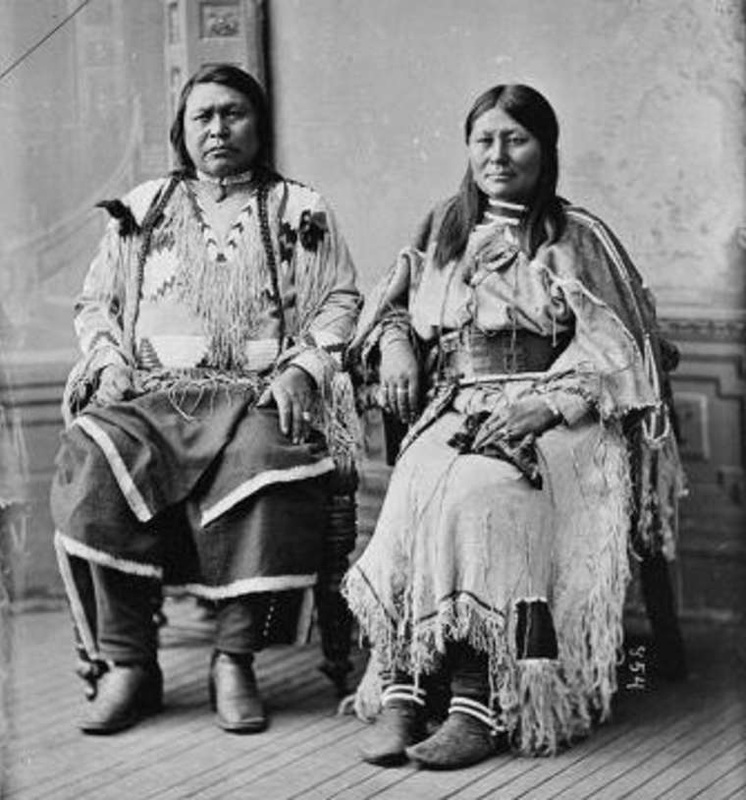The History of Camelback Mountain
Camelback Mountain
|
Before the many Phoenician feet pattered upon on the stones of Camelback Mountain, the granite and layered sandstone were pattered by the feet of the Hohokam Indians. A cave on the north side of the mountain has been noted by author Gary Driggs and later proven by ASU archeologists as a place for affairs so sacred, it is coined the oldest church in the Salt River Valley. In fact, Camelback is still often to referred to as "Sacred Mountain".
|
What about the history
|
That’s a great question! First we have the hump. The hump (the summit) of the camel comes from prehistoric Earth. It’s made by Precambrian granite. Precambrian dates anywhere from the beginning of Earth 4.5 billion years ago to around 550 million years ago. That’s some old rock! In fact, the hump is as old as some of the layers of the Grand Canyon. So some hundred of millions of years ago, molten (imagine magma) under earth cooled (hardening), was buried and then resurfaced. Weather and climate stripped it of its burnt coat leaving us with rock formation we see today.
Then we have the head. The head of the Camel is the newest (still millions of years old) part of the mountain. It’s made of inclined sandstone, which is basically just a bunch of sand glued together by other natural elements. This is what we mostly see in the national parks in Utah. Then we back away and we have the shape. The whole thing looks like a camel, which is odd but impossible to not enjoy. It includes layers from two eras: The Paleozoic Era and the Mesozoic Era. Paleozoic time stamped the breakup of the supercontinent. The Mesozoic saw wild and animal life like dinosaurs and other giant beasts roam the land. The layers of the two eras meet without perfect conformity on Camelback, leaving gaps in the rock and gaps of hundreds of millions of years between their intersections! |
We love history! |
Do you have more interesting facts to share about Camelback history? We'd love to hear from you and feature past tales or anecdotes on the site! Email [email protected], subject: HISTORY
|
